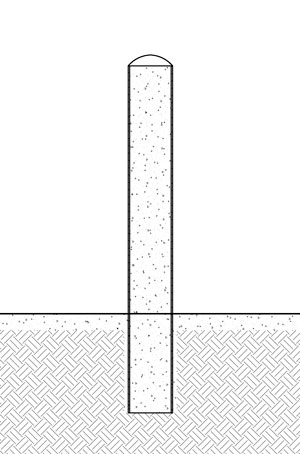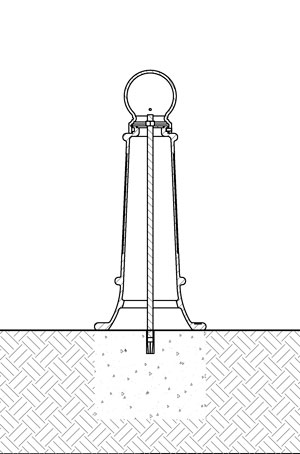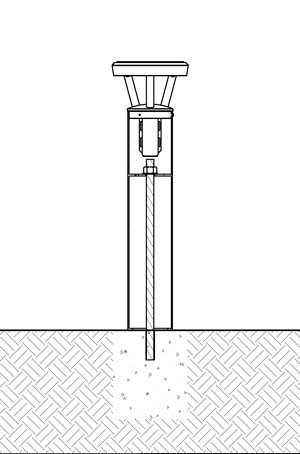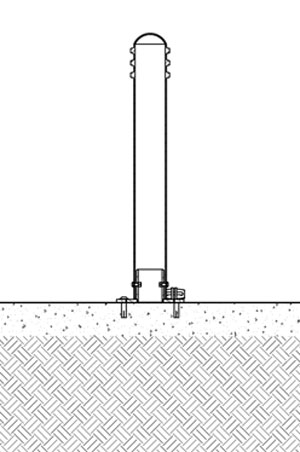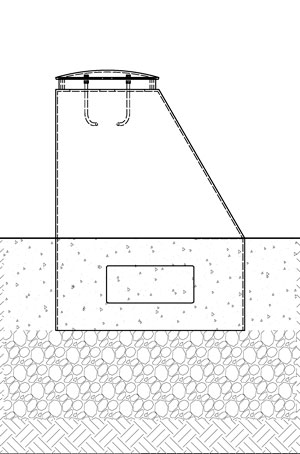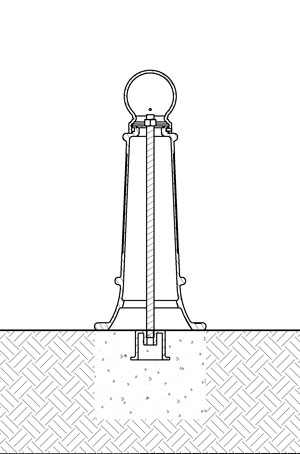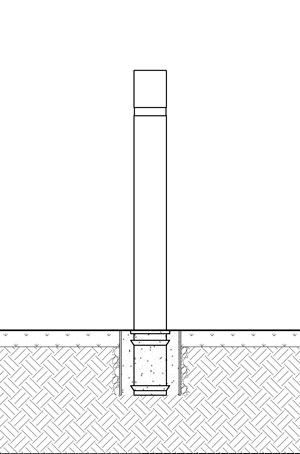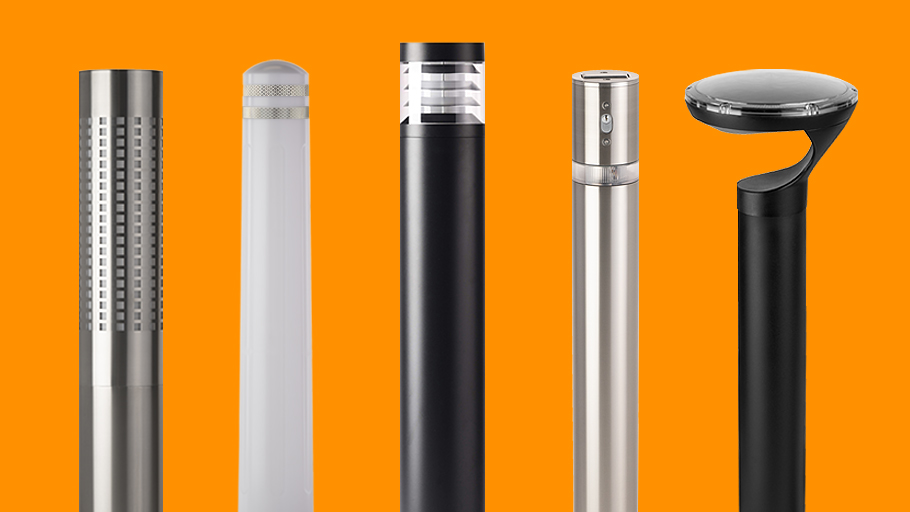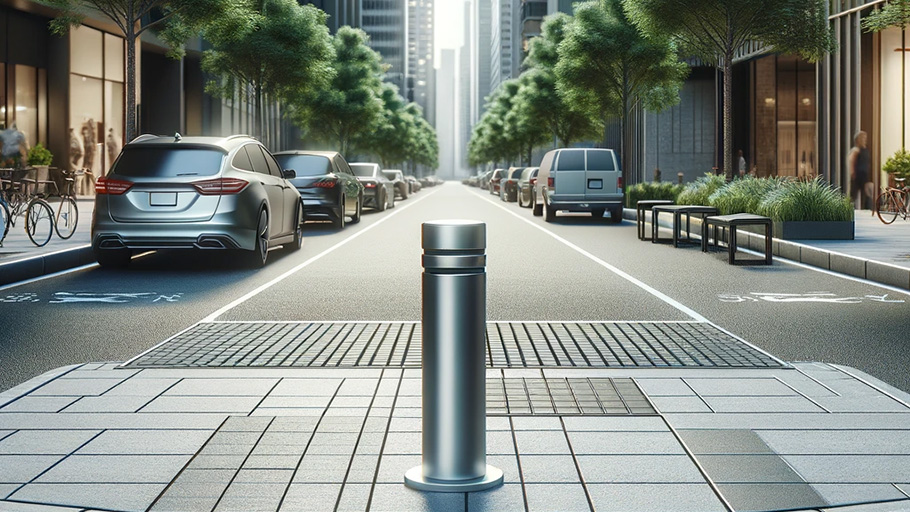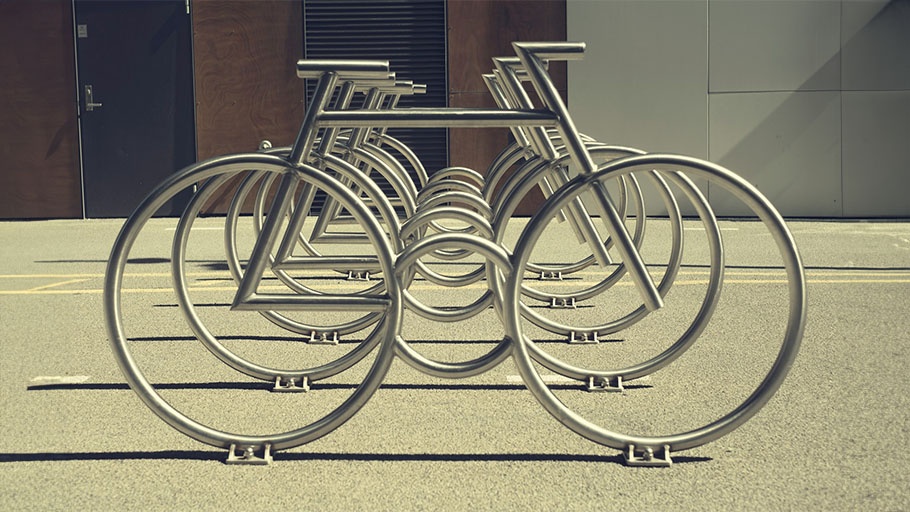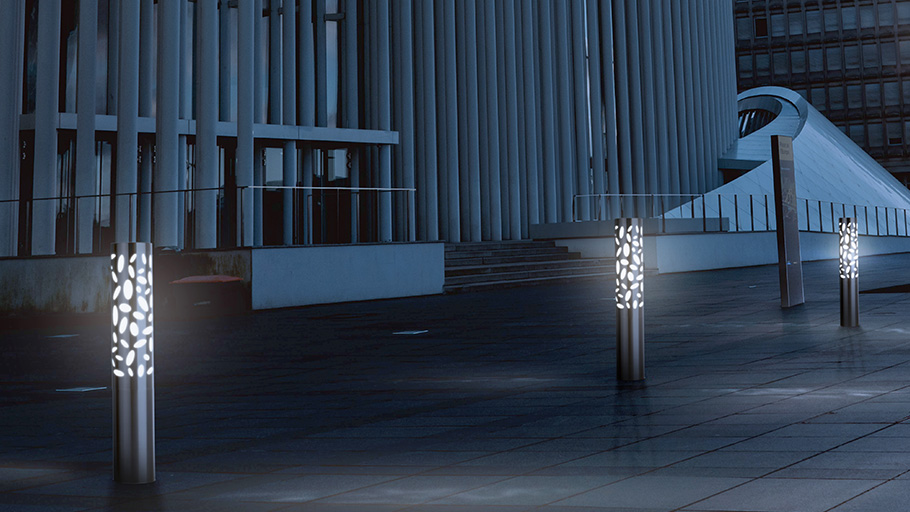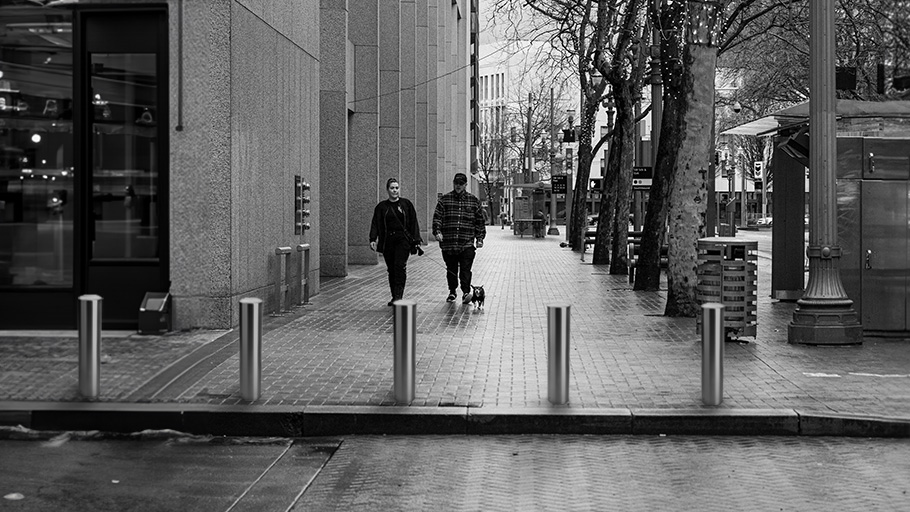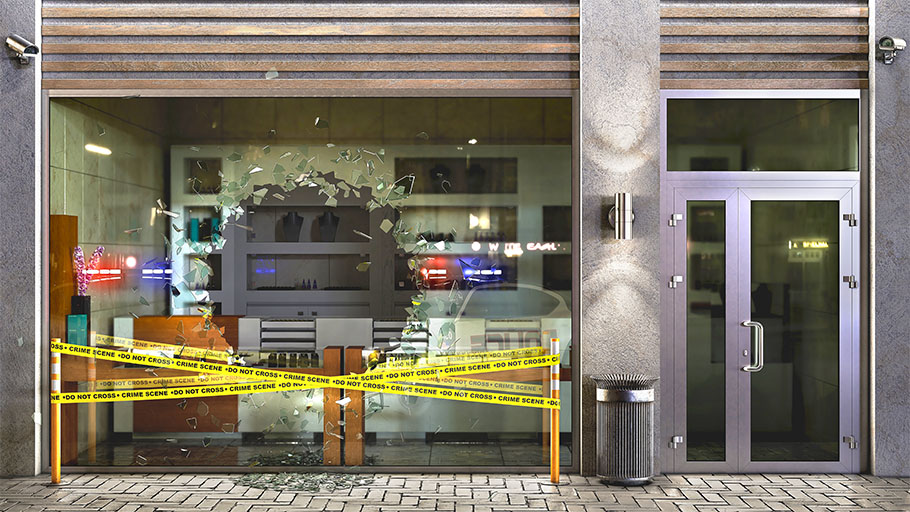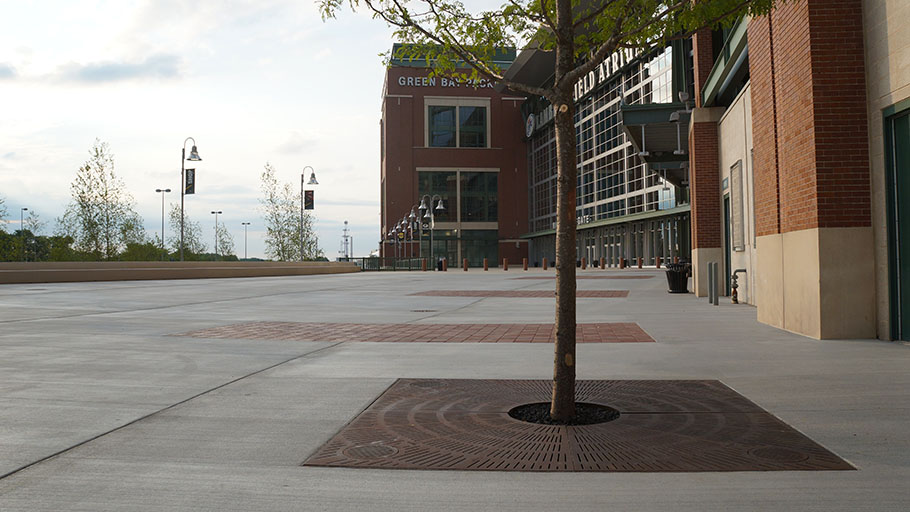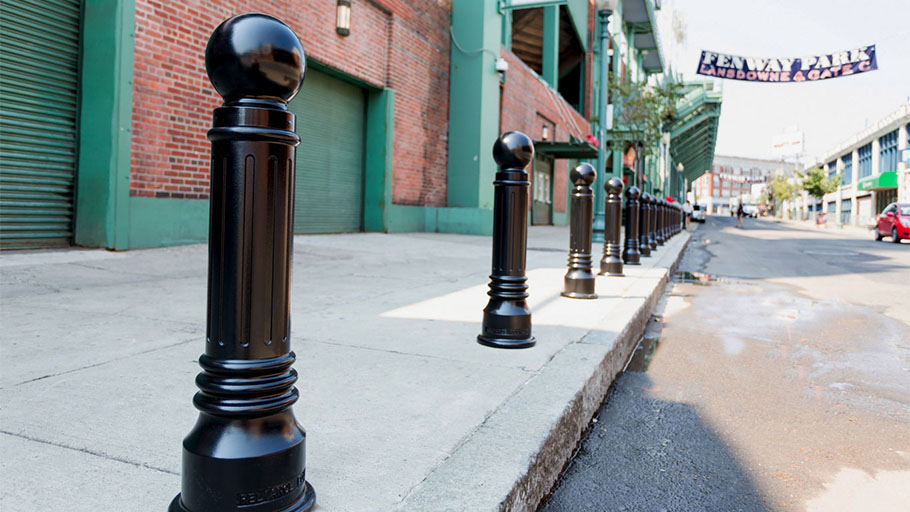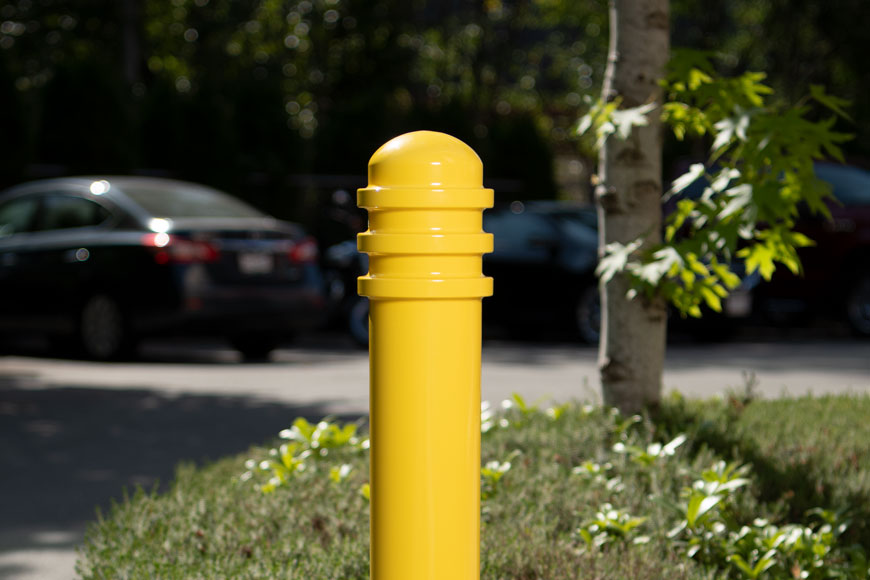Choose the Right Installation Method for New and Existing Concrete
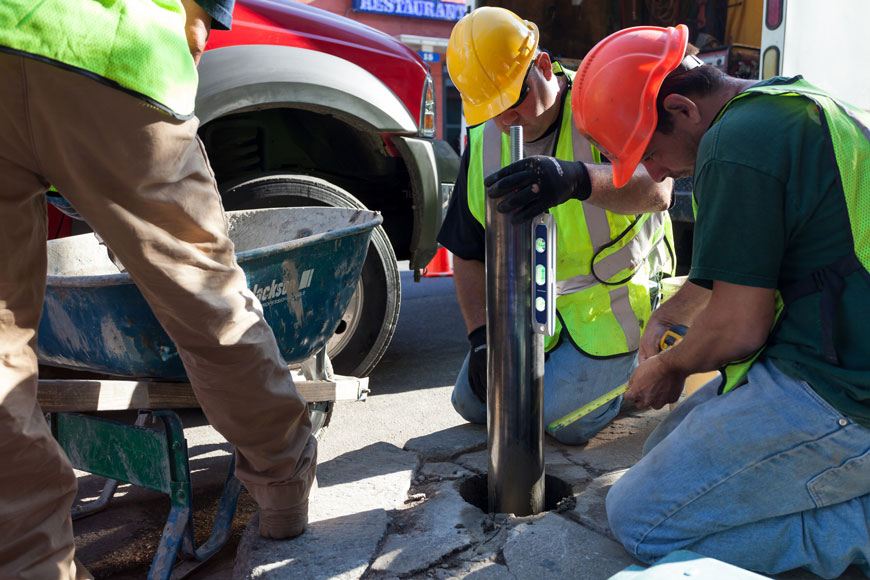
Bollards play a crucial role in new building construction, but they can often be overlooked during planning due to their unassuming nature. Whether you’re dealing with existing concrete or embarking on a new project, there are numerous installation methods at your disposal. Even if the concrete is already in place, there are methods available to ensure hassle-free installation.
With our easy bollard installation options, you can avoid delays and costly modifications. Save time, money, and reduce stress by selecting the right approach for your bollard installation.
Installing bollards into existing concrete
For those working with existing concrete, the installation process can be simplified by utilizing methods such as drop-in concrete inserts, adhesive anchoring, or flanged surface mounting. These techniques offer convenience and cost-effectiveness, allowing you to add bollards without the need for extensive modifications or delays. In most cases, you’ll only need basic supplies and a drill with a masonry bit.
Even if you’re working with impact-protective steel pipe bollards, while additional preparation, supplies, and caution are necessary, they can still be installed in existing concrete. Explore the following installation options to find the one that suits your needs.
Impact-protective in existing concrete
Impact-protective steel pipe bollards must be secured below the frost line using fresh-poured concrete. Before installation, ensure there are no underground utilities in the area and obtain the necessary permits. The installation process for steel pipe bollards involves coring and digging a hole 2″ wider in diameter than the bollard, and 2″ deeper than where the bollard base will sit.
Drop-in Concrete Insert
A drop-in concrete insert receives a threaded bar or hex screw. To install it, create a hole in the existing concrete using a 1″ masonry drill bit. Hammer the drop-in concrete insert into place with a setting tool or flat-end punch. This insert enables the threads of the bar or screw to catch and tighten, providing a secure attachment for bollards or decorative caps on concrete-filled bases.
Drop in concrete inserts are suitable for:
Adhesive Anchoring
Using adhesive anchors involves making a hole in the existing concrete using a 1″ masonry drill bit and filling it with a strong adhesive. The bollard’s central threaded bar can then be permanently glued into the hole. If removal becomes necessary, drilling is required.
Adhesive anchors are suitable for:
Surface Mounting (Flanged)
Surface-mounted bollards are bolted to the concrete using a flange, or base plate. The process involves marking the hole positions on the base plate and drilling into the concrete surface with a 5/8″ masonry drill bit. Place the bollard on top and tighten the bolts through the base plate, securing it into the insert.
Surface mounting is available for:
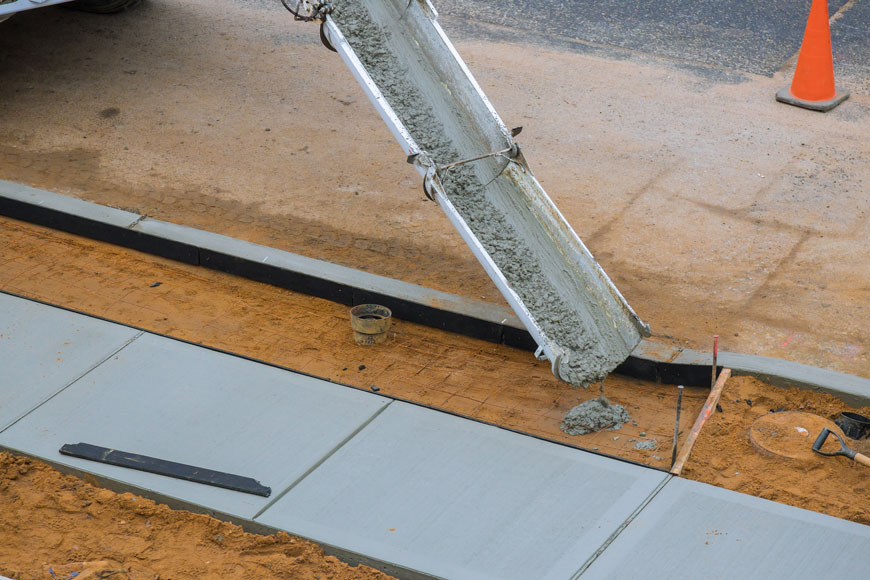
BOLLARD INSTALLATION INTO NEW CONCRETE
Embedding bollard footings into new concrete offers the possibility of below-grade mounting options for retractable and removable bollards, as well as allowing for the installation of impact-protective bollards.
Embedded in New Concrete
Impact-protective footings require deep and filled installations, which can be done while pouring a concrete slab. New concrete also is needed to install the receptacle for retractable mounts, the embedded footing for some removable bollards, and “J-hanger” style fixtures for caps, covers, and concrete bollards.
Embedding is common for:
Anchor Castings in New Concrete
An anchor casting is an embedded receptacle that provides the bolt-end for a threaded rod. After it is installed in newly poured concrete, the bollard can be placed over top and secured by tightening the rod into the casting.
Anchor castings are available for:
Concrete Forms (with or without Anchor Castings)
Concrete forms allow the creation of localized concrete inserts for standalone bollards, such as in a field or along a gravel path. This method requires additional evaluation of the substrate but provides flexibility.
Concrete forms are available for:
The easiest installation method depends on the site
Each installation method has its own merits and considerations. By evaluating your project parameters, you can select the best installation technique to ensure that bollards will look good while providing the intended functionality.
Still have questions? Give us a call or email to see how we can help with your bollard installation.

